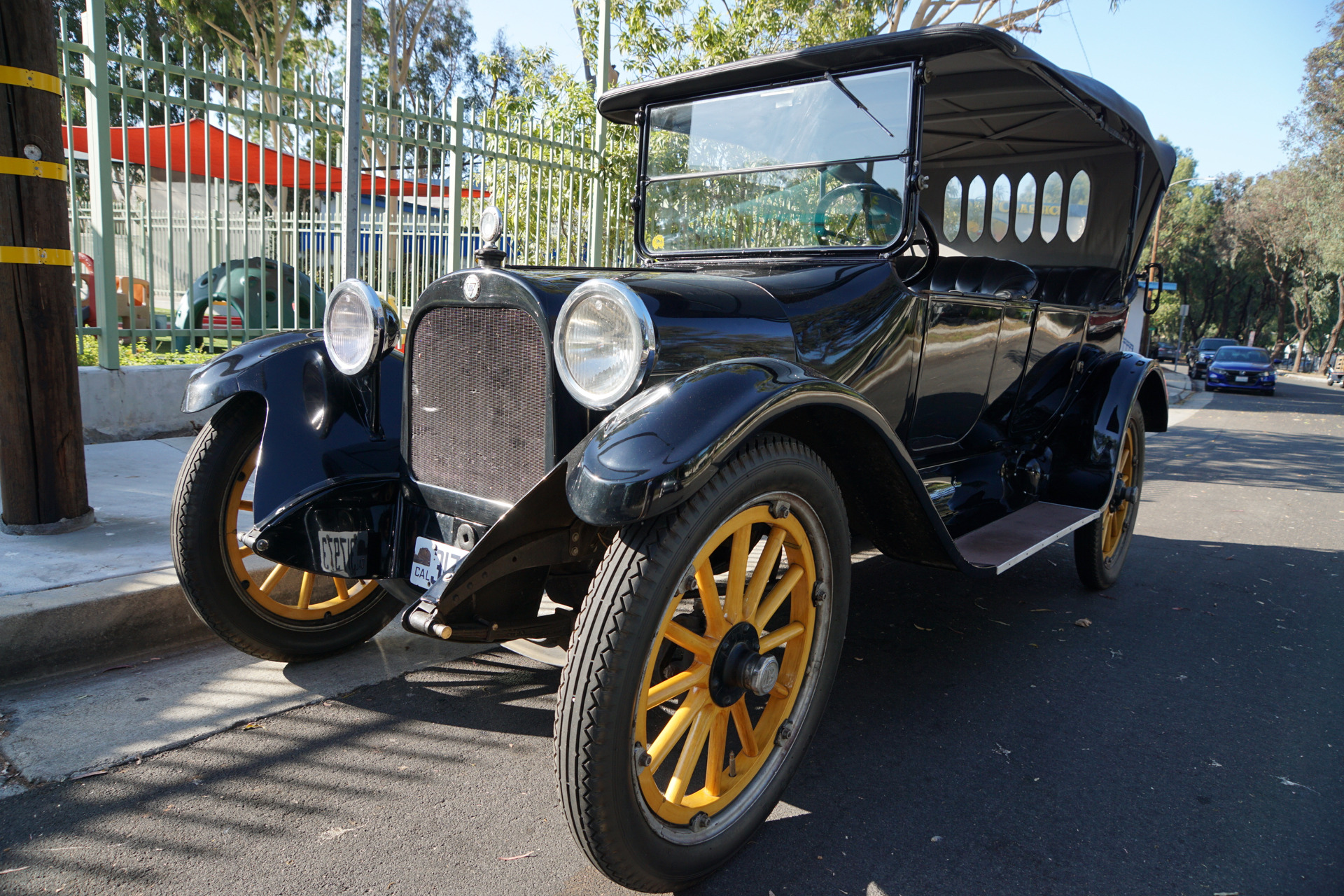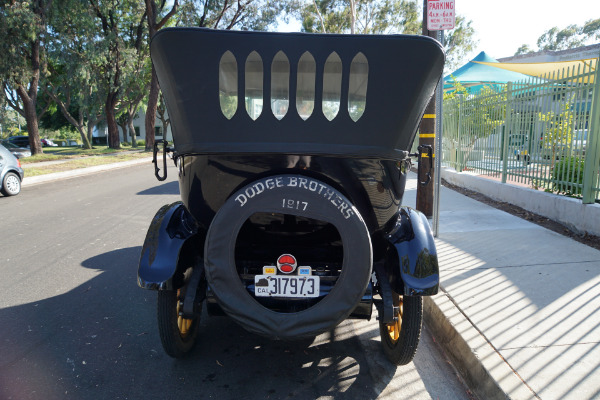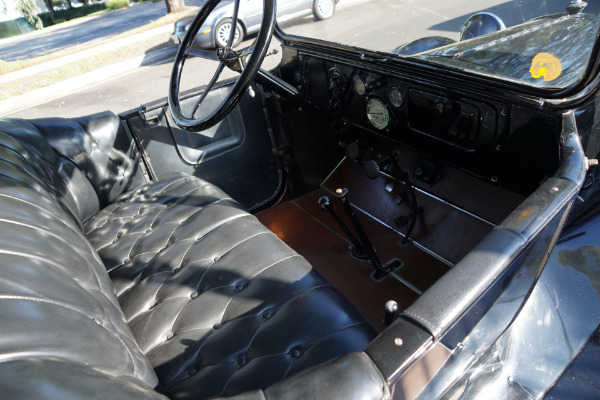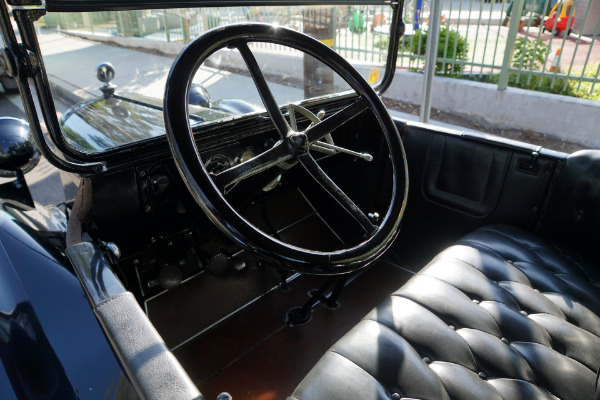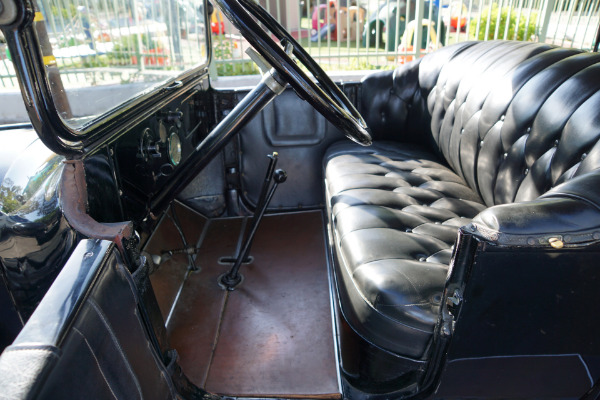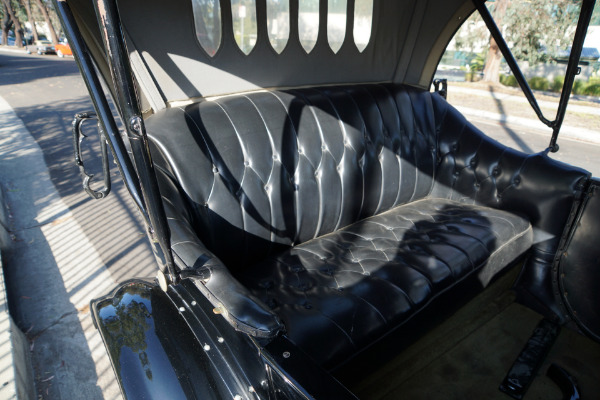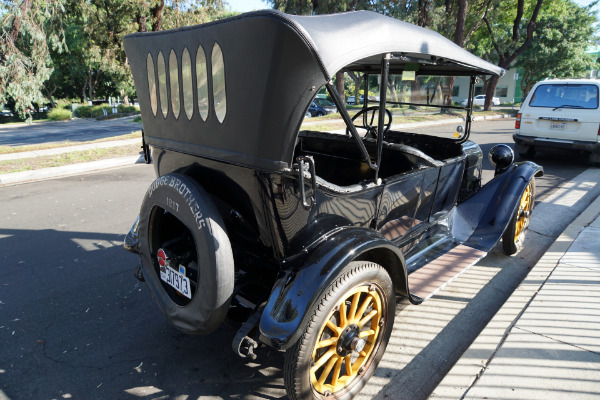1917 Dodge Brothers
Sold
Reserve Now
details
vehicle description
Photos
Contact us
| Type: | Used |
| Year: | 1917 |
| Make: | Dodge |
| Model: | Brothers |
| Body: | |
| Engine Size: | 213 c.i. 4 cyl 35HP |
| Trans: | Manual |
| Mileage: | 0 |
| VIN: | 151758 |
| Stock: | 758 |
| Ext Color: | Black |
| Int Color: | Black |





